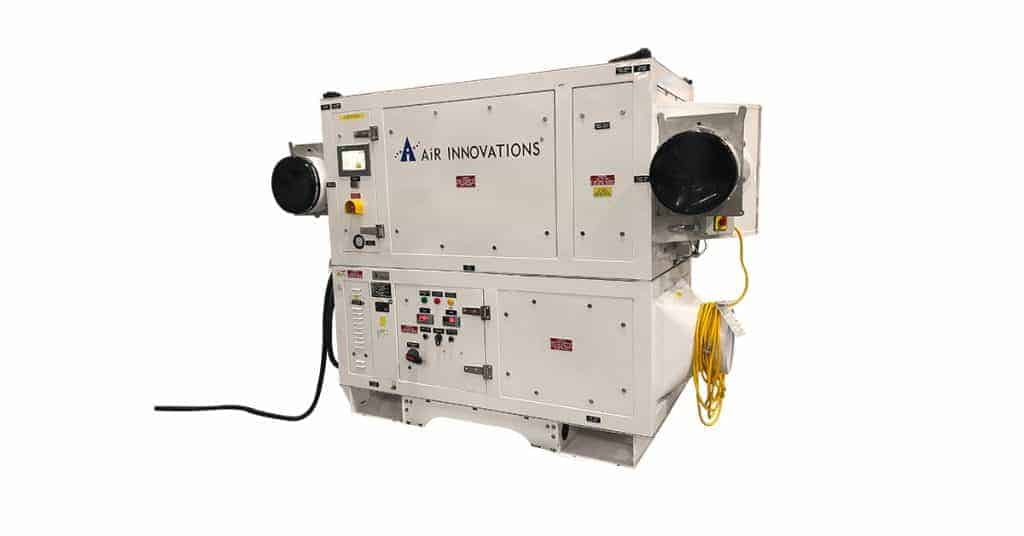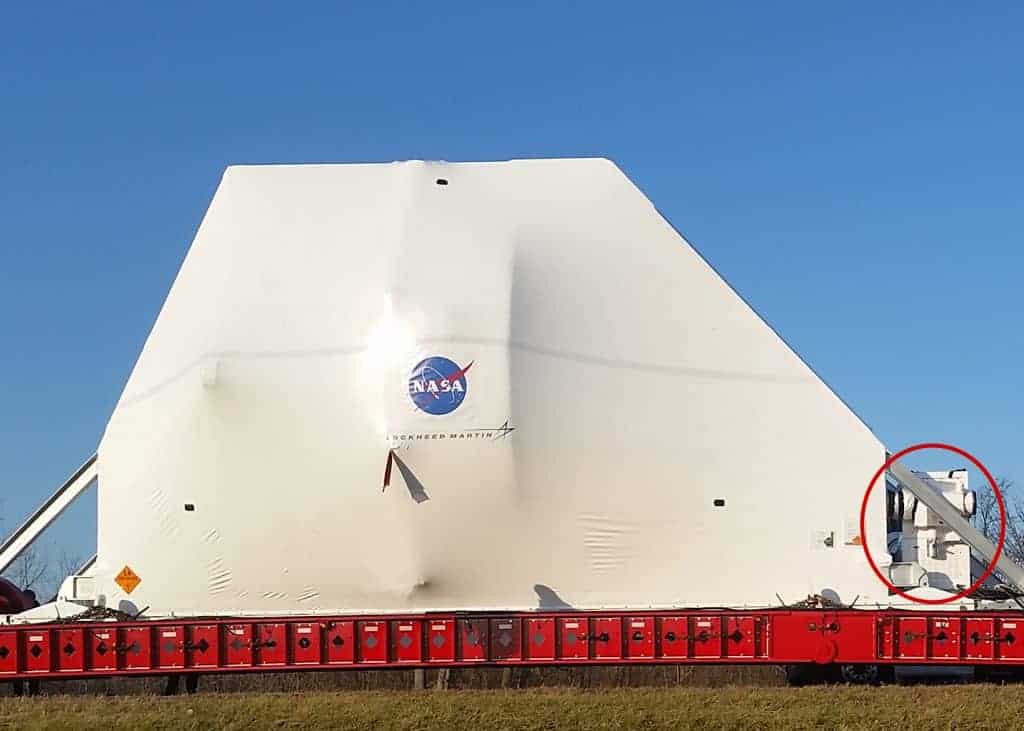Setting The Scene
Humans have been enthralled with space for centuries, and in the latter half of the 20th century, we finally overcame gravity to make space exploration a reality. The universal gains from studying space over the last 50 years have been immeasurable. First, we have a greater understanding of the Earth’s history and our solar system. The efforts have also accelerated technology advancements in a number of industries and had a positive impact on economies and societies around the world. From personal computing to GPS to predicting the weather, our day-to-day lives have been made easier thanks to human space exploration.
NASA has led the charge in innovation, science, and technology as it relates to the space program, which has had a profound social-economic impact in the U.S. and beyond. With approximately 45% of its $20+ billion total budget spent on technology research, development, and manufacturing, the influx of money on the economy is significant. Simply put, space exploration permeates the American economy and culture in meaningful and enduring ways.
NASA is presently focused on landing American astronauts on the Moon by 2024. The Artemis program will utilize brand new technologies to explore more of the Moon’s surface than ever before and is collaborating with commercial and international partners to establish sustainable exploration by 2030. To kick off the project, the Orion spacecraft is scheduled to fly around the Moon on the unpiloted Artemis 1 mission in 2021. In preparation for that flagship mission, the capsule—including crew and service module (CSM)—underwent a four-month-long environmental test campaign in Ohio.
Delivering Pristine Conditions
Lockheed Martin, the primary contractor charged with building NASA’s spaceship, Orion, was in need of an environmental control unit (ECU) to protect the capsule as it was transported from the Kennedy Space Center in Florida to NASA’s Plum Brook Station in Sandusky, Ohio for extensive testing. The capsule would be transferred via NASA’s Super Guppy plane, as well as a flatbed truck over land, and returned several months later. Lockheed Martin approached Air Innovations for the task.
As environmental control specialists, Air Innovations had the depth of experience to design a highly specialized solution that would protect the CSM from extreme conditions and unexpected obstacles.
The Challenges
At a high level, controlling the environment in aerospace applications is particularly challenging, because the conditions are hostile and the stakes are so high. Practically speaking, the Orion capsule would be traveling from humid, sunny Florida to dry, chilly Ohio. The system needed to be durable enough to protect the sensitive equipment along bumpy roads, as well as during take-off and landing. Throughout the journey, the ECU would need to regulate the temperature, humidity, and level of cleanliness, and weigh less than 1,000 pounds.
Temperatures in Florida can hit 80℉ in winter months, while the climate in Ohio may dip as low 20℉. In addition, the temperature inside a plane and outside of it can differ by 50℉. Unique to this application, these climate fluctuations would happen rapidly—from the ground in Florida to 10,000 feet cruising altitude—and the system was required to adapt immediately.
Another obstacle unique to this project was power. Vehicles that travel on the ground operate at 60hz power in the U.S. However, the Super Guppy operates at 400Hz frequency, so the system was required to operate at both frequencies while on the ground and in the air.
Most ECUs of this caliber weigh upwards of 3,000 pounds. Due to the weight of, and aboard, the Super Guppy, Lockheed Martin specified that the custom unit does not exceed 1,000 pounds. This included everything from the nuts, bolts, and fans to ducts, power cords, and converters. Air Innovations engineers also needed to find a way to combat condensate associated with changes in temperature and pressure aboard the plane. Since the system would collect upwards of 8 gallons of water from condensation—with each gallon weighing 8.35 pounds—the Super Guppy would gain an extra 67 pounds while in flight. In other words, no detail was insignificant when it came to thinking through the system that would ultimately protect the Orion capsule.
The Scope Of The Solutions
Over an 18 month period, Air Innovations collaborated with Lockheed Martin to design, test, and manufacture a highly specialized environmental control unit configured to maintain a pristine environment within the CSM cover.
“The opportunity to work with the incredibly talented engineers at Lockheed Martin on such an exciting project was a once-in-a-lifetime opportunity for the entire Air Innovations team. I had the privilege of seeing the project through to fruition—from aboard a C130 following the Super Guppy to the caravan ensuring its safe arrival at Plum Brook and back home to Kennedy several months later. What a thrill.”
-David Martini, Design Engineer, Air Innovations
Climate Control
To tackle the significant fluctuations in temperature and humidity, Air Innovations started by conducting extensive heat load calculations. In anticipation of extreme weather conditions, the system was designed to tolerate ambient temperatures up to 120℉, with a max dewpoint of 96℉—which required 10,000 BTUs/h. The evaporator coil was set to control the temperature between 63-81℉ with less than 60% relative humidity at all times. The finished product also included hot-gas bypass refrigeration control and a 12.5KW electric re-heater.
The painted aluminum unit featured E-coated evaporator and condenser coils to prevent corrosion from salt air. The system was configured at 1,350 CFM capacity, delivered at 0.5” wc static pressure. In addition, an integral tank was installed to collect condensate while in flight.
Finally, the team created a model based on predictions of what was expected to happen while the capsule was in transit. The ECU was tested under those extreme conditions at the Air Innovations test facility in Syracuse, New York.
Power
To further guard against power or system failure, the unit came with a custom power converter to transform 60Hz to 400Hz frequency when being transported from the ground to the Super Guppy. In addition, an input current and voltage meter were installed to ensure the quality of power.
Cleanliness
The unit also came equipped with multiple filters, including carbon and HEPA filters. Ninety-five percent of the air coming into the unit was re-circulated from under the CSM cover. The pre-filtered air was passed over an electric heater for precise temperature control. The supply air was then passed through the HEPA filter to remove any loose debris to reach 99.97% cleanliness, high enough to pass even rigorous cleanroom standards, before being delivered to the capsule.
To function while on the ground, and in flight, the remaining 5% was make-up air used to pressurize the capsule and was drawn into the ECU from the outside.
Redundancies
Failure of any kind was simply not an option during transport of the Orion capsule. However, there is only so much that can be done, do to safeguard against system breakdowns. As a result, Air Innovations built-in redundancies in certain areas more apt to fail than others. For instance, fan blades and motors are known to malfunction now and again, resulting in stagnant air that is unable to be cooled or heated. Air Innovations had two fans operating in tandem at all times. Similarly, our engineers incorporated two banks of heaters since the risk of freezing was far greater than the risk of overheating, particularly in flight. Lastly, redundant controls operated completely independently of one another ensuring that the entire chain of operation was protected.
Weight
Meeting the stringent mass requirements meant that Air Innovations needed to discard conventional ECU design and start from scratch. The process involved constantly trying to achieve a balance between weight restrictions and function. For instance, a larger and heavier ECU meant less insulation for the CSM cover. Conversely, more insulation made the cover heavier and left less for the ECU. Through trial and error, engineers at Air Innovations were able to strike that balance to achieve optimal functionality, while maintaining a weight of 1,012 pounds and measuring 26” X 60” X 56.” Central to the efficiency of this process was a strong collaboration with the team at Lockheed Martin.
Among NASA’s many contributions to society perhaps one of its greatest is the legacy of innovation and pride, it fosters in the U.S. and worldwide. Indeed, the Orion capsule passed by the Edison Elementary School in Milan, Ohio as it made the three-hour trek from Mansfield Lahm Airport to Plum Brook. The crew and truck transporting the CSM stopped for a spontaneous check to the delight of the students and school staff. They indulged the children’s questions and allowed the local community to take photographs. Like the elementary school children, it was a great honor for Air Innovations to play a supporting role in NASA’s next adventure in space exploration.
“Collaborating with the group at Air Innovations on their environmental control unit was highly productive and, ultimately, more successful than we could have imagined. We threw a lot of requirements and obstacles at them and they rolled with the punches like the experts they are. In fact, word got out about the ECU, and several groups within Lockheed, and even a few at NASA, are considering it for future use. It will be a long-lasting investment.”
-Jeanette Lipe, Mechanical Engineer, Lockheed Martin



